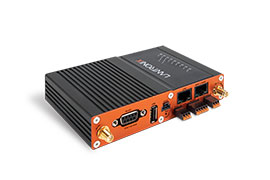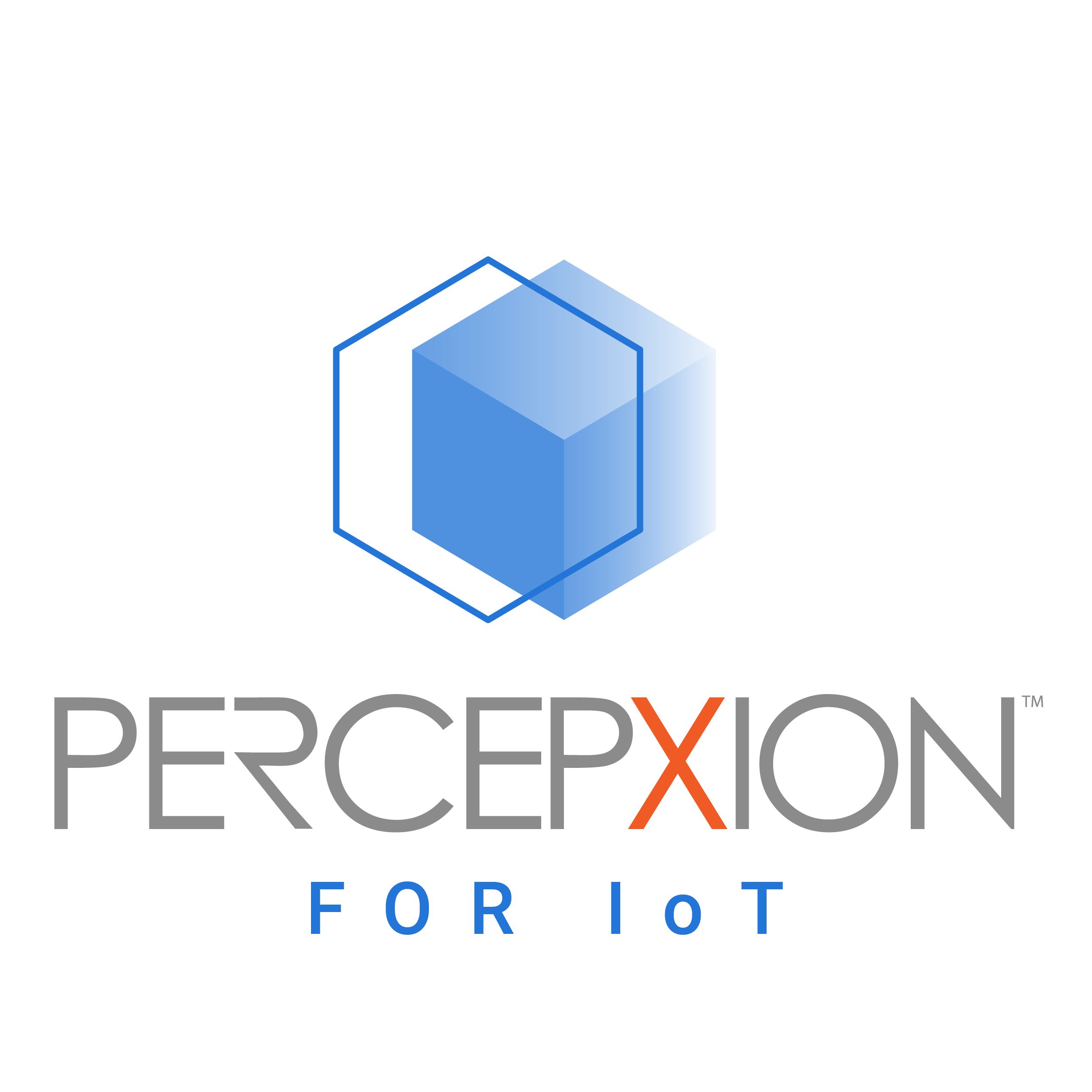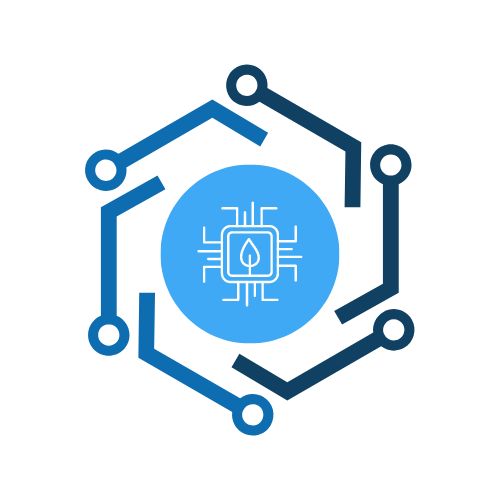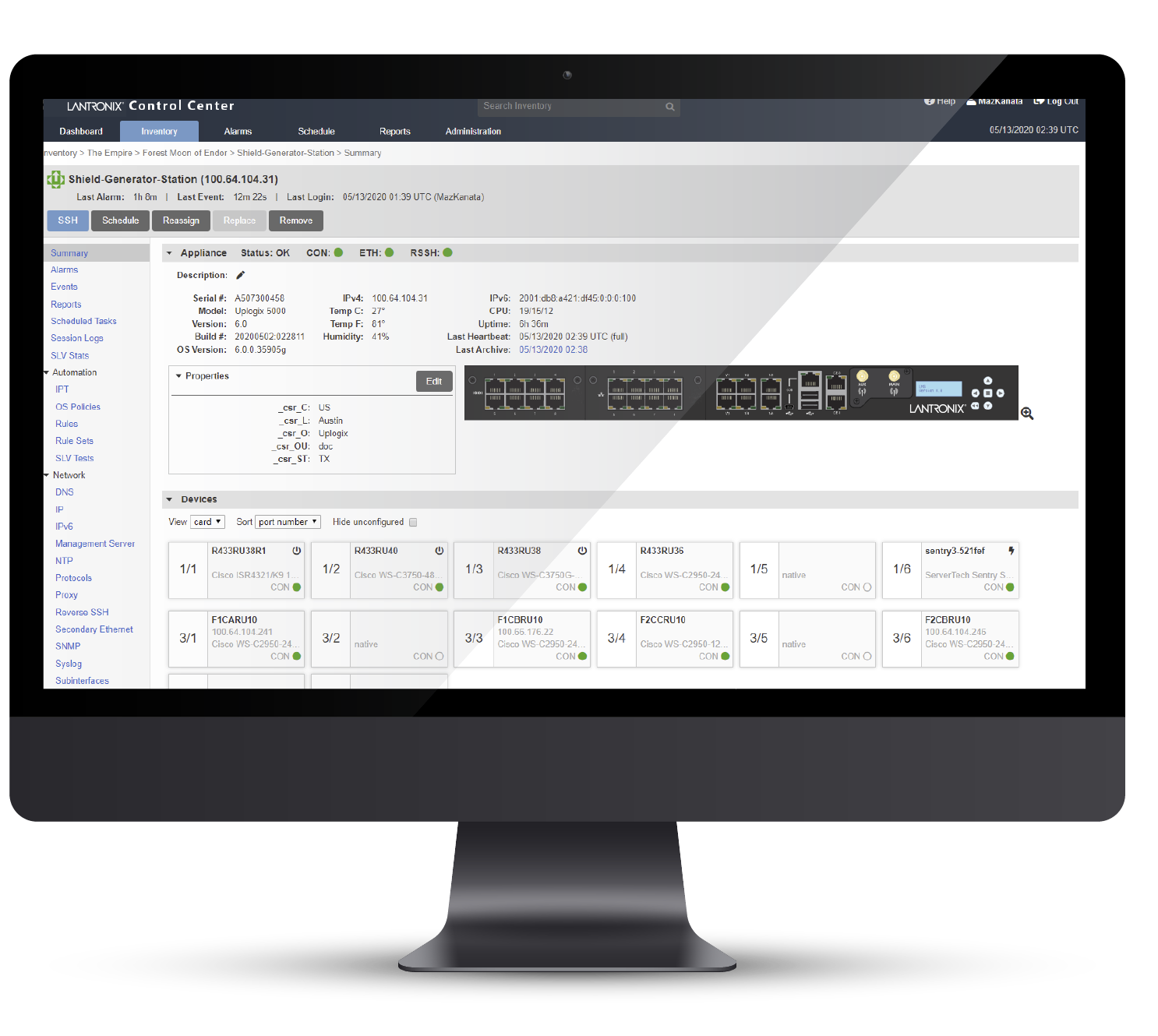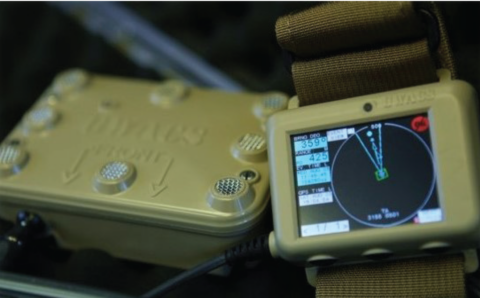
Resilience & Uptime at the IoT Edge
A Case for the Use of Out-of-band Management Technology in Edge Computing Deployments
IoT deployments are growing daily and so are the number of connected devices. According to Gartner, over 20B connected devices will be deployed by 2020. That’s approximately 8,000 devices that are connecting to a network or the cloud and transmitting valuable data every single minute. Early IoT use cases primarily monitored simple device parameters like status, telemetry, transmission of GPS data for asset tracking applications or vibration data for condition-based monitoring of high value industrial assets. Fast forward to the present, end users are becoming more sophisticated and are using the device-generated data for more exotic applications which include real-time control and deterministic behavior in use cases such as autonomous driving or smart factory applications such as robotics, a new generation of equipment is being deployed called Micro Data Centers.
The Age of the Micro Data Center
According to Wikipedia, A micro data center (MDC) is a smaller or containerized (modular) data center architecture that is designed to solve different sets of problems that take different types of compute workload that does not require traditional facilities. Whereas the size may vary from rack to container, a micro data center may include fewer than four servers in a single 19-inch rack. It may come with built-in security systems, cooling systems, and/or fire protection. Typically there are standalone rack-level systems containing all the components of a ‘traditional’ data center including in-rack cooling, power supply, power backup, security, fire and suppression. They could be rapidly deployed indoors or outdoors or also in rugged terrains.
Advantages of Processing Data Locally
There are many advantages to moving some of the computing workloads from the cloud closer to where the data is produced, i.e. in the MDC:
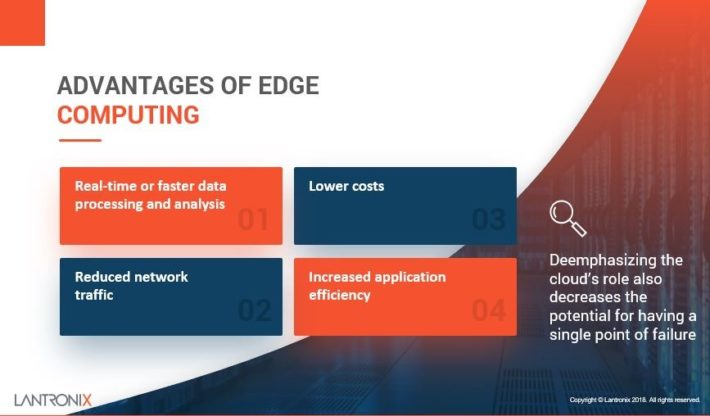
Real time data processing and analysis closer to the source of data is one advantage. And by the way in many industrial use cases, real time means micro seconds. Reduced network traffic is another obvious advantage, as if all of the data captured from sensors is not sent to the cloud, and only the necessary data is transmitted, then the requirement for bandwidth is much lower and results in lower transmission costs…..this is of course very true for use cases where cellular connectivity is used. But the biggest advantage is that MDCs provide is increased application efficiency, allowing one to run any workload at the most efficient place…. on the cloud, at the edge or in the connected device itself….in essence having access to a continuum of computing and analytics from the device all the way to the cloud.
Mitigating Challenges with Out-of-Band Management
However, as with any new technology use case, there are some challenges with the adoption and deployments of MDCs and edge computing in general (see chart below). Many of these challenges relate to the fact that these MDCs are typically deployed in remote locations which are unmanned – think an electric utility substation. Any networking and computing gear in the substation needs to be remotely accessed through multiple pathways to ensure remote manageability, maximum uptime, and highest levels of security.
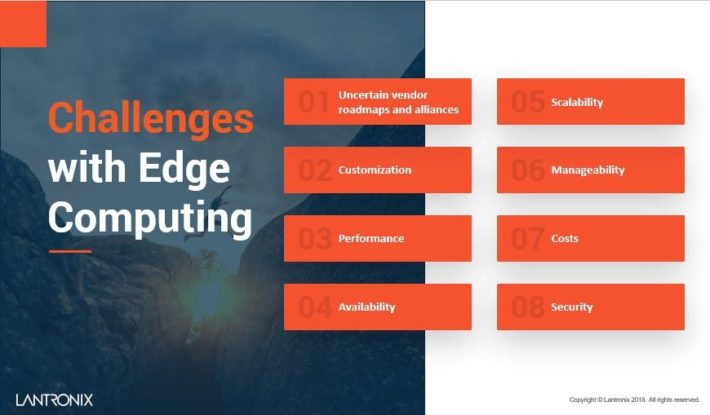
Out-of-band management is a technology that has been around for a number of years and is used by Fortune 500 companies, from major financial institutions to large manufacturers to government and defense agencies, to maximize the uptime of their data center and remote branch office IT equipment and other assets, reduce operational costs, and ensure maximum network security. In fact, US-CERT has issued a security tip (ST18-001 link below) which recommends the use of out-of-band management technology to increase the security of network infrastructure devices. Over the past year, the number of end users who are deploying out-of-band management for their micro data centers and edge computing assets has increased substantially.
If you are deploying micro data center or other types of edge computing solutions in remote unmanned locations – out-of-band remote management technology should be on your deployment list. If you are new to out-of-band technology, check out the resources on the Lantronix website.
Resources
Building a More Resilient Network with Out-of-Band Management
